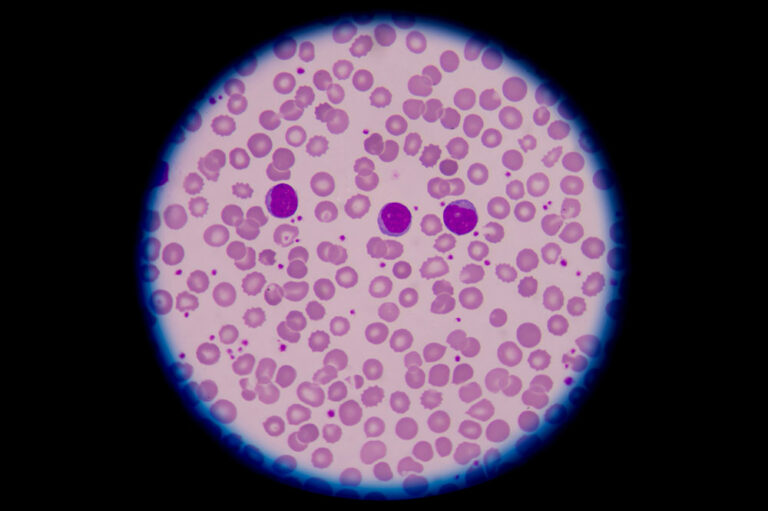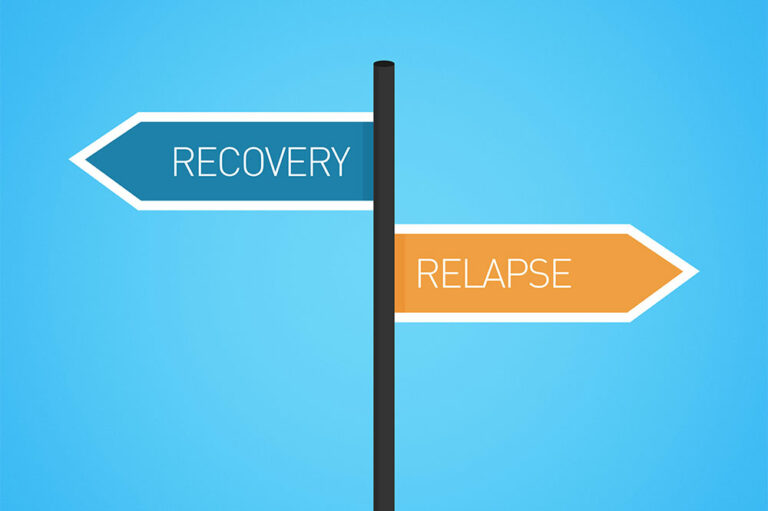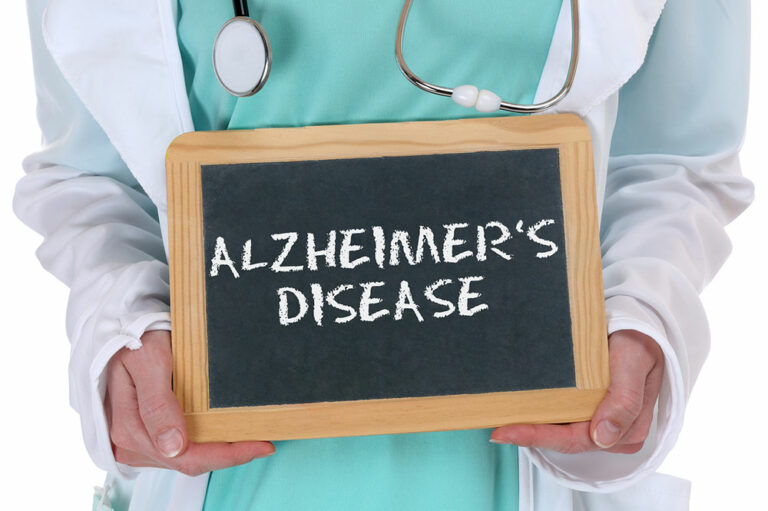
01
Everything you need to know about blood disorders
Blood disorders are conditions that cause problems in your blood or bone marrow. Bone marrow is a spongy tissue inside your bones that is responsible for the production of white blood cells, red blood cells, and platelets. When anything goes wrong with either of these cells or with clotting factors in the plasma, an individual is diagnosed with a blood disease or disorder. Having said this, let’s take a look at symptoms of these disorders, their various types, and how they are treated. Symptoms Blood disorders generally reduce the number of cells, platelets, or nutrients in the blood, or interfere with the normal functioning. The symptoms of these disorders differ widely based on which component of the blood is affected. For instance: Disorders that affect red blood cells in your body cause fatigue, shortness of breath, muscle weakness, headache, or dizziness because of the lack of oxygenated blood in the brain, or rapid heartbeat. Disorders that affect white blood cells in your body often gives rise to chronic infections, and unexplained weight loss, and exhaustion. If people with this disorder are injured, their wounds take an unusually long time to heal. Platelets and clotting disorders cause difficulties in forming blood clots at wound sites or controlling bleeding, lead to injuries that are slow to heal or keep re-opening, cause sensitive skin that bruises easily, and also unexplained nosebleeds or bleeding from the gums.
Read More 









